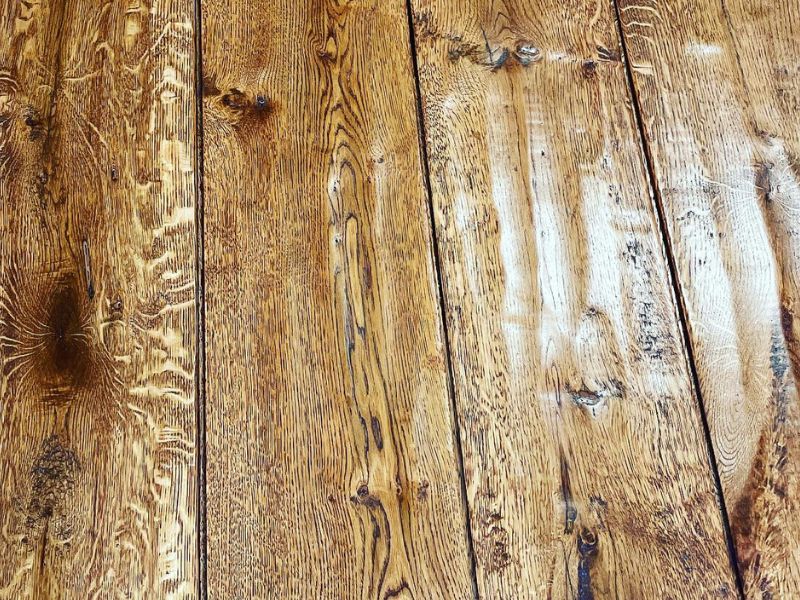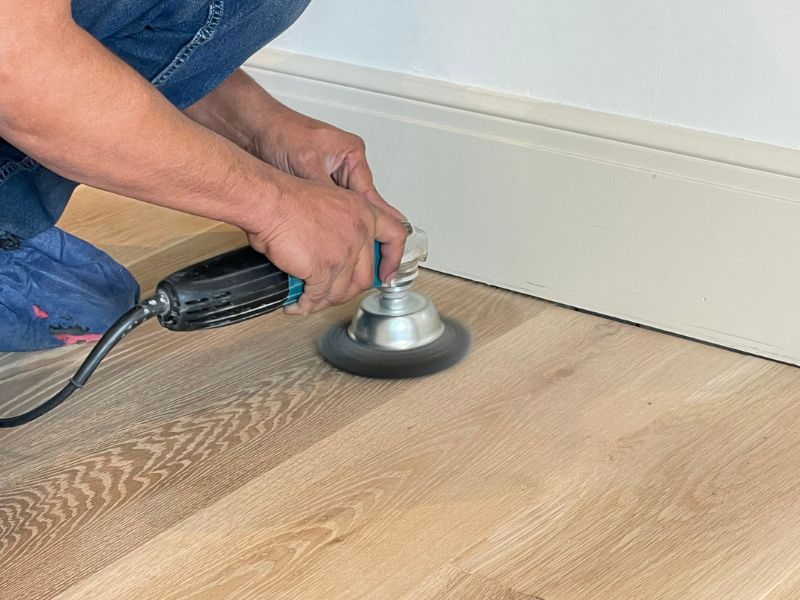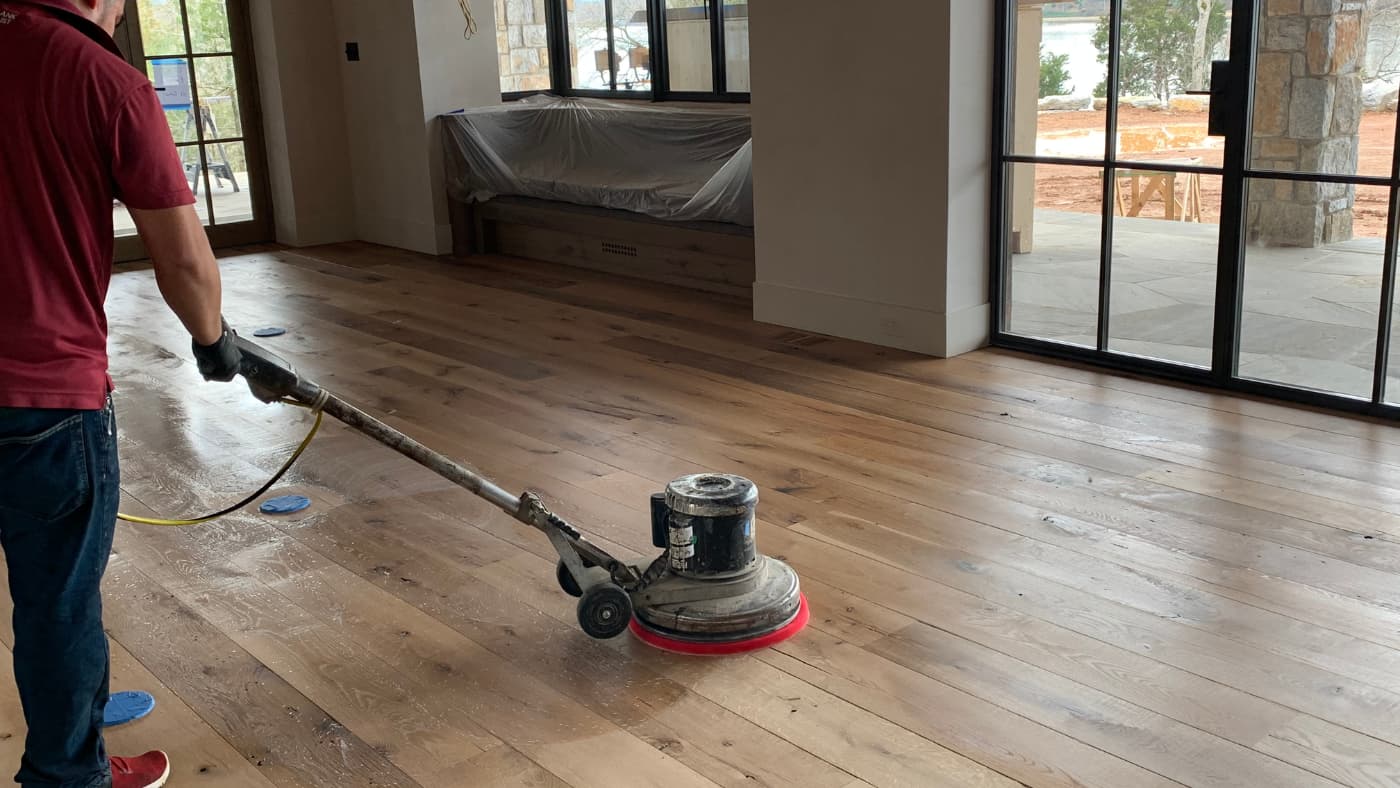Hardwood flooring exudes timeless beauty and elegance, instantly transforming any space into a warm and inviting sanctuary. While new hardwood floors boast a pristine appearance, some homeowners prefer the character and charm of aged or antique flooring. Fortunately, there are various techniques available that can lend an authentic weathered look to new hardwood floors, infusing them with a sense of history and nostalgia. In this article, we will explore a range of methods and approaches to help you achieve that sought-after antique aesthetic for your hardwood flooring.
Hand Scraping:
Hand scraping is a technique that imitates the authentic irregularities found on antique wood flooring. This method involves using a hand-held scraper to manually scrape the surface of the planks, creating subtle or pronounced variations in texture and tone. The result is a floor that appears well-worn and full of character.


Wire Brushing:
Wire brushing is an effective way to enhance the natural grain of the wood while giving it a weathered look. By using a wire brush, you can remove the softwood between the grains, leaving the harder grain intact. This process provides a textured appearance and highlights the natural patterns of the wood. Remember to brush the floor in the direction of the grain for optimal results.


Staining and Bleaching:
Staining and bleaching techniques offer a range of possibilities to age your hardwood floors. Staining with darker colors such as ebony, walnut, or mahogany can create an aged patina. Apply the stain strategically, focusing on high-traffic areas or places where natural wear would occur over time. On the other hand, bleaching can lighten the wood, mimicking the effect of sun exposure and weathering. It can help achieve a faded, rustic appearance reminiscent of aged flooring.


Faux Aging with Paint:
Paint can be used creatively to achieve an antique look on new hardwood floors. Layering various shades of paint, such as white, off-white, or gray, followed by sanding and distressing, can create the illusion of peeling or chipped paint. This technique adds a vintage charm to the floor, reminiscent of old country homes and cottages.


Filling Cracks and Gaps:
Gaps and cracks are common features in aged hardwood flooring. You can replicate this characteristic by intentionally creating gaps between the planks and filling them with a tinted wood filler. The filler should match the color of the floor, giving it a weathered appearance. Sanding the filled gaps will help to achieve a seamless integration.


Applying a Patina:
To add depth and dimension to your new hardwood flooring, consider applying a patina solution. This mixture typically consists of vinegar, steel wool, and tea or coffee grounds. You can also use a lye mixture, which we have seen work wonderfully. By applying the patina solution to the floor and allowing it to react with the tannins in the wood, you can create an aged, weathered effect. Experimentation is key to finding the right balance of ingredients and application techniques.


Giving your new hardwood flooring an aged or antique look is an artful process that requires a combination of techniques and creative experimentation. Whether you choose hand scraping, wire brushing, staining, bleaching, faux aging with paint, filling cracks and gaps, or applying a patina, each method offers its own unique charm and character to your floors. By embracing the imperfections and character of aged wood, you can create a truly timeless and enchanting atmosphere in your home. Remember to test these techniques on sample pieces and consult with professionals if needed. Embrace the journey of transforming your new hardwood flooring into a cherished piece of history.
Interested in a hardwood floor with an aged or antique look? Give us a call or fill out our free consultation form on this page. We would be happy to help you bring that timeless charm to your home or business.






